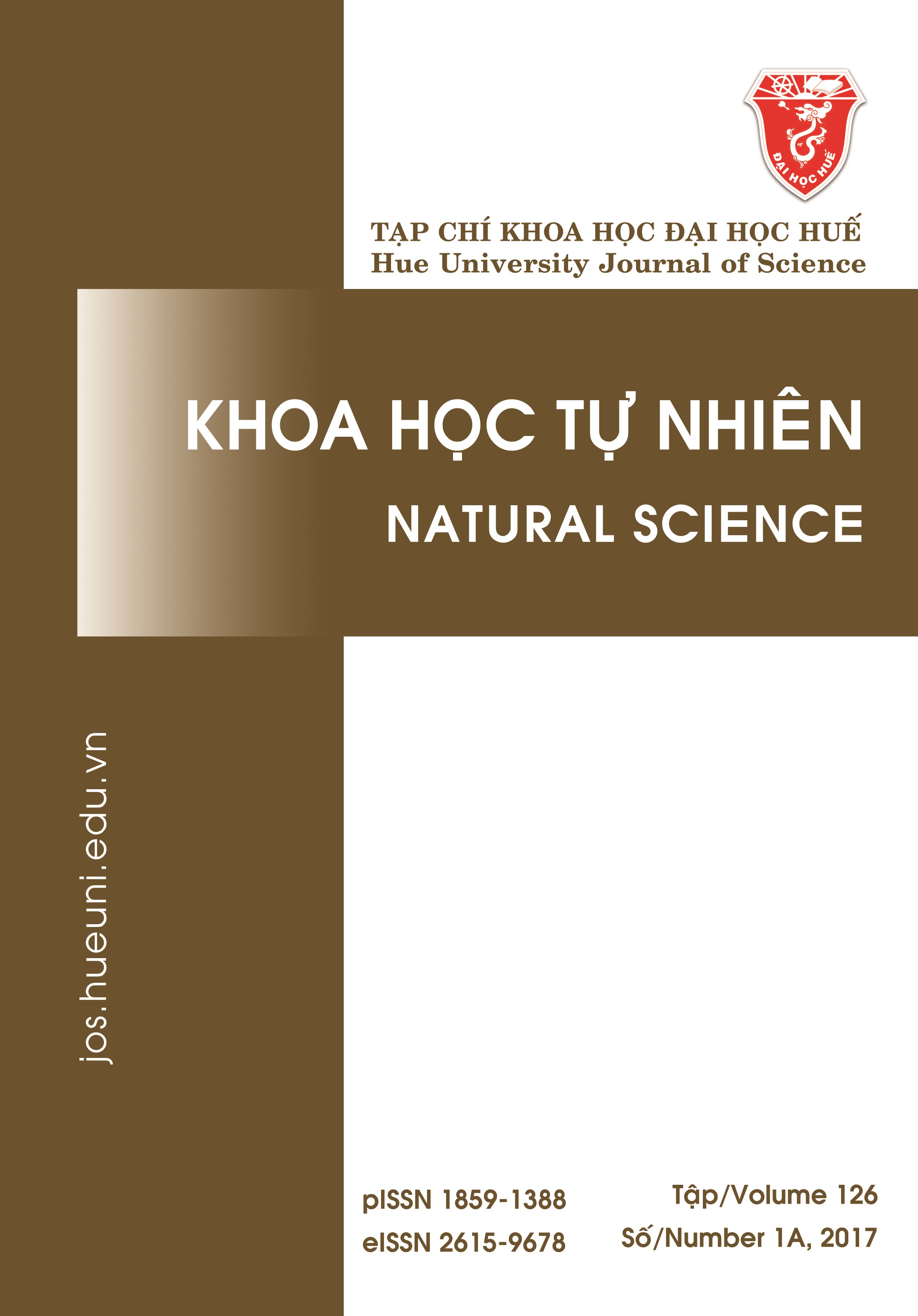Tóm tắt
Nicotine niệu là một trong những chỉ tiêu cận lâm sàng để đánh giá mức độ tiếp xúc và giám định bệnh nhiễm độc nicotine nghề nghiệp. Phương pháp quang phổ hấp thụ phân tử cũng như phương pháp sắc ký khí khối phổ (GC/MS) với kỹ thuật chiết pha rắn trước đây đã được nghiên cứu và áp dụng, nhưng độ thu hồi và độ lặp lại của phương pháp còn thấp. Kỹ thuật chiết lỏng – lỏng và phân tích trên GC/MS tiếp tục được nghiên cứu và ứng dụng tại phòng thí nghiệm của Viện Pasteur Nha Trang. Nicotine trong nước tiểu của công nhân được chiết bằng hỗn hợp dung môi dichloromethane – hexane (1:1 v/v) trong môi trường kiềm; phần dung môi hữu cơ được cô cạn dưới tác dụng của dòng khí nitơ, sau đó hòa tan lại bằng dung môi toluen và phân tích trên hệ thống GC/MS. Phương pháp xây dựng có giới hạn phát hiện 2,0 μg/L, hiệu suất thu hồi từ 80 % đến 109 % và độ lệch chuẩn tương đối từ 4,6 % đến 9,7 %. Kết quả phân tích hàm lượng nicotine niệu của công nhân hút và không hút thuốc lá lần lượt là 0,013–3,324 mg/L (n = 124) và 0,006–1,550 mg/L (n = 423).

công trình này được cấp phép theo Creative Commons Ghi công-Chia sẻ tương tự 4.0 License International .
Bản quyền (c) 2017 Array




